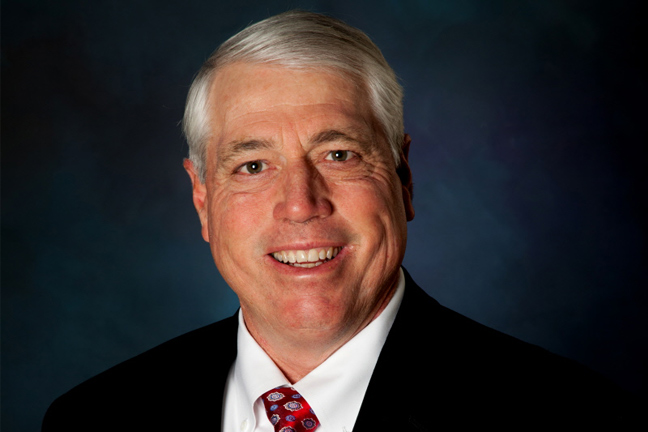
Agricultural News
Risk Management Tools Critical in Future Farm Policy, Cotton Council Chairman Says
Thu, 15 Mar 2012 16:30:24 CDT

The U.S. cotton industry believes a revenue insurance program that supplements existing insurance products would provide an important and affordable tool -- especially given the weather uncertainties and risks that farmers face.
In testimony before the Senate Agriculture, Nutrition & Forestry Committee, National Cotton Council Chairman Chuck Coley recalled the 2010 prolonged drought in Texas and Oklahoma, that year's severe drought in his area of South Georgia as well as the severe flooding in Mississippi and Arkansas.
"We have to have access to crop insurance, risk management tools and even emergency assistance programs to survive and recover from these natural disasters," said Coley, one of several producers testifying at the hearing on risk management and commodity programs held by Committee Chairwoman Debbie Stabenow (D-MI).
He added that "the availability of effective risk management tools like crop insurance is important even in so-called normal years because cotton producers need to recover a portion of lost revenues if their crop is damaged after they have invested in the inputs, technology and equipment necessary to produce and market a crop. In those areas where cotton growers have not had access to adequate coverage, we want to continue to work with USDA, the companies and Congress to improve and increase the products that are available to our growers."
Speaking from his experience as a cotton ginner, Coley told the Committee that the increasing volatility of commodity markets, particularly cotton, also has made the risks of marketing a crop incredibly challenging.
"Even those of us who utilize futures markets and devote significant time to staying abreast of market developments are finding the market volatility more difficult to manage, and the expenses associated with hedging drains our capital resources," he said.
Coley also testified that "in the case of cotton, the traditional marketing assistance loan set at levels normally well below the market provides important collateral for production loans with only minimal net costs to the government and no disruption of market signals." He emphasized that the opportunity to use the loan for short periods also provides an opportunity for growers to make rational, market-driven marketing decisions.
"This is very important in volatile markets where market signals at planting may be vastly different by harvest, yet our growers only have a narrow window to make cropping decisions," he noted.
The Council's risk management program proposal, Coley said, makes a significant change in the cotton program structure - but one that is in line with the Council's commitment to continue working with Congress and the Administration to find a permanent resolution to the longstanding U.S.-Brazil World Trade Organization case. He said the risk management program has been estimated to significantly reduce outlays compared to previous years and is at least a 30 percent spending reduction compared to extending the existing cotton program.
Coley said the U.S. cotton industry recognizes that future farm policy must fit into ever-shrinking budget parameters, even though the commodity, conservation and crop insurance programs currently account for less than one-tenth of one percent of the total federal budget.
He also noted that the farm bill is important to the nation's textile manufacturers, who purchase nearly 100 percent of the cotton they process from U.S. farmers and who provide top paying manufacturing jobs in the Southeastern states, as well as in Louisiana and Texas.
Coley said that while (farm) programs must be easily explained and justified to Americans who enjoy the benefits of our ability to produce affordable, high quality food and fiber - he joined with the other commodity and farm groups in respectfully urging the Committee members and their Senate colleagues "to act as expeditiously as possible" on farm bill reauthorization.
WebReadyTM Powered by WireReady® NSI
Top Agricultural News
More Headlines...



















